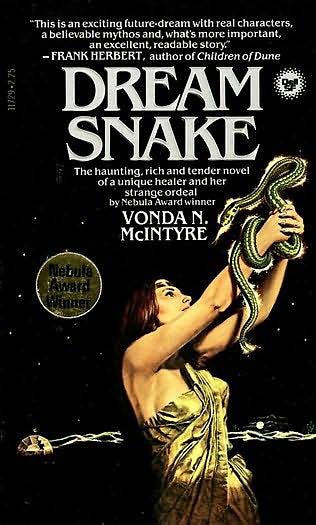1993
Awards: Hugo, Locus
Nominations: Nebula
Rating: ★ ★ ★ ★ –
SPOILER ALERT
 This is the second installment in Robinson’s Mars trilogy. It is a sequel to Red Mars,
the extremely realistic story of the original hundred colonists’
landing and their first few decades of settlement on the red planet.
This is the second installment in Robinson’s Mars trilogy. It is a sequel to Red Mars,
the extremely realistic story of the original hundred colonists’
landing and their first few decades of settlement on the red planet. In this book, the population of Mars is growing fast. Some of the growth comes from immigration from Earth, as it always has, but much of it now also comes from children born on Mars. The native children tend to be physically different from Earth people – taller and leaner, better at loping around in the lower gravity.
Martian political conflicts still abound and are even more complicated. Most importantly, since Mars is now run by transnational corporations, there are all kinds of resistance movements across the planet trying to organize a second revolution.
There is also still a basic tension between the “greens” (who want to terraform Mars) and the “reds” (who want to keep Mars in its original state). The greens are winning by default, having released some unauthorized lichens which have adapted to the atmosphere and have taken off. Since it would be next to impossible to bottle this up again, the reds are getting increasingly hostile and reactionary.
Robinson tells the story while switching among the points of view of several different people. Sometimes we follow Sax Russell, one of the first hundred colonists and a terraforming proponent. Sometimes we follow Ann Clayborne, another original colonist and one of the most ardent reds. Sometimes it’s Nadia Chernyshevski, a genius at construction who has built many of the power plants and major settlements and only reluctantly gets involved in politics. And sometimes it’s Nirgal, one of the native first-generation Martians.
This technique is great because after living in the shoes of all these different people, you find yourself being sympathetic to all sides of the political debates. You realize there is no clear-cut easy answer to any question about development. You see why they fight, and you also see how they can actually find common ground and work together sometimes.
I think my favorite characters are Nadia, who is very practical and realistic, and Sax, who was one of those who originally started the clandestine seeding of the planet but who learns a lot from Ann and goes through a lot of changes of heart over the next hundred years.
I found the politics less interesting than the biology, however. While all the bureaucratic conflicts are going on, the “greening” of Mars is relentlessly underway. The lichens that the first colonists distributed have started to produce oxygen and are mutating into new varieties. As the book goes on, we begin to see leafy plants and bushes and finally animals – insects, centipedes, and birds. Robinson is so good at this hard, realistic, imaginable SF. I just loved the unpredictable and very, very slow but inexorable transformation of Mars.
Toward the end of the book there is a catastrophe on Earth when a huge chunk of Antarctic ice breaks off and begins to melt. Sea levels rise, destroying many coastal cities. I had a difficult time watching Earth descend into poverty and chaos while up on Mars people were still able to make and re-make their own societies. It reminded me a little bit of the story in Ray Bradbury’s Martian Chronicles
An earlier version of this review originally appeared on Cheeze Blog.






